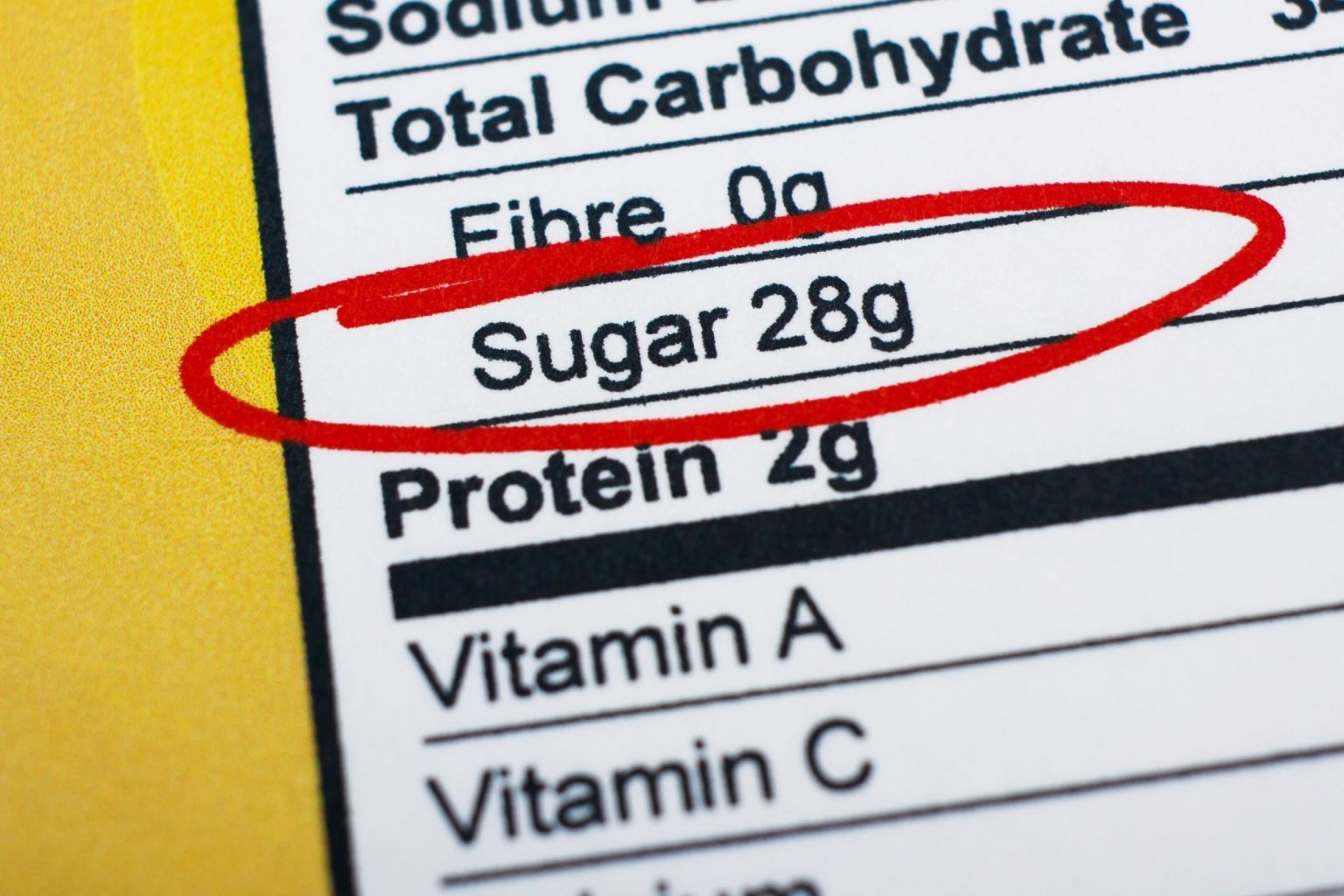Nothing is better after a hot summer day than enjoying ice cream and it might have you wondering, “If ice cream tastes this good, can it also be healthy?” The answer isn’t a simple yes or no, but what are your goals and how can you work ice cream into a healthy diet.
Mary Steinbrock is a Registered Licensed Dietitian at NMC Health. She helps people find healthier ways of including their favorite foods so they can still enjoy them. We asked her what are some ways to work ice cream in to be a part of a healthy diet and found these six tips.
One of the biggest tips Mary shared: Everything in Moderation.

NMC Health, Nutritionist
1. Is there a type of ice cream that is better for you than others? What about slow churned options?
The answer depends on your goals. Whether you follow a calorie content diet, cardiac diet (low fat, low sugar) or if you are monitoring your blood sugar, these should all greatly influence your choice. Mary shared that ice cream isn’t necessarily healthy food, but using portion control and having knowledge of the ingredients can allow you to eat it while maintaining a healthy diet.
Slow churned ice cream is lower in fat and calories than regular ice cream, but not lower than frozen yogurt. Slow churned options use artificial sugar, which isn’t always healthy for you. They can also use other synthetic ingredients to enhance flavors and improve the texture, while reducing calories. Our bodies don’t always understand how to process synthetic ingredients.
2. Toppings…
Yes or no?
As with most things, there are good and bad topping choices. For healthy options, try adding nuts, fresh berries, bananas or peaches for toppings. These fresh fruits and nuts bring great flavor, color and texture, but they also have health benefits. In fact, many of these toppings have a great nutritional value, adding vitamins, antioxidants and fiber into your diet.

3. How much is too much?
While your eyes and taste buds may tell you that more is better, the best way to enjoy ice cream or frozen yogurt is in moderation. Control your portions by measuring out a 1/2 cup serving in your bowl or limit yourself to 1 scoop at the ice cream store.
4. Is ice cream high in sugar?
A 1/2 cup portion of vanilla ice cream has around 15.5 grams of sugar. But what does that mean really? To give you an idea… the American Heart Association recommends that women limit their added sugar to 24 grams per day and men limit to 36 grams per day.
So, ice cream packs a pretty big punch. However, you might feel like it’s low in sugar if you compare it to a 12 ounce can of soda with around 39 grams of sugar or a cup (8 ounces) of fruit juice with 23 grams of sugar. What really catches you is if your portion of ice cream is doubled, then 1 cup of ice cream or that second scoop has 31 grams of sugar.
You don’t have to deny yourself the joy of eating ice cream, but portion control can make a big difference.

5. Can you be allergic to ice cream?
If you have food allergies, be sure to read the ingredient list on your ice cream or frozen yogurt container. People have allergies or intolerances to a lot of things, including milk, nuts and fruits that are often found in frozen treats. Luckily, common food allergens are often listed in BOLD at the end of the ingredient list. If you’re dining out, ask your server about any allergens that may be in the ice cream before you order it.
6. Do I have to cut out ice cream to be healthy?
A 1/2 cup serving of ice cream can be worked into a meal plan. When that portion goes up however so does the sodium, sugar and fat. Remember everything in moderation!
So there are healthy ways to include ice cream into your eating habits. This is good news for all of us who have a sweet tooth and want that refreshing cool down you get from ice cream.



